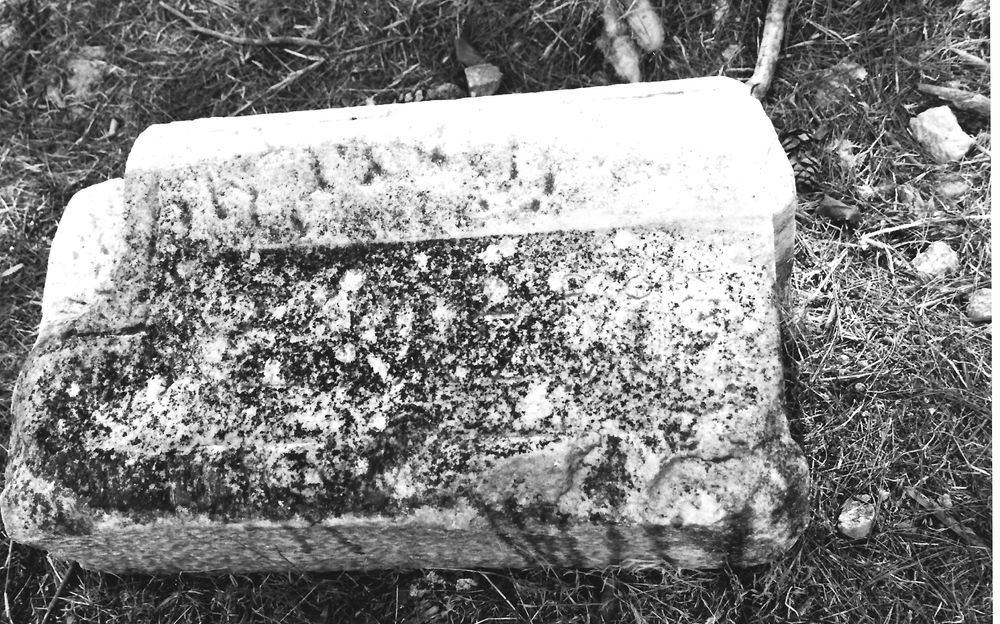EpiDoc XML:
IGCyr1051102
Trismegistos ID:
738575
Source description
Support: White, probably Pentelic marble base, with mouldings of eggs and darts on top and below, later re-cut for re-use in a Christian building (w: 0.70 × h: 0.40 × d: 0.28).
Layout: Inscribed on the face between the mouldings (w: 0.64 × h: 0.20 × d: 0.25).
Letters: 0.02 to 0.035; thickening ends of letters; slightly dissymmetrical nu,xi with central vertical stroke, smaller omicron, slightly slanting sigma.
Date: End of fourth or beginning of third century BC (lettering).
Findspot: Found between 1954 and 1956 at Cyrene ➚: in the South side of the East Church.
Place of origin: Cyrene ➚: probably from the East Necropolis.
Last recorded location: Seen in 1960 by D. Morelli at the findspot in the East Church. Seen by C. Dobias-Lalou in 2004 at the same place.
Text constituted from: Transcription from stone (CDL).
Bibliography
Morelli in SECir, 264 (no image); IGCyr 105110 ➚. Cf. Ward-Perkins – Goodchild – Reynolds 2003, p. 150 and fig. 105; Belzic 2022, catalogue B.96.
Text
Apparatus
2: [Πρ]αξιάδα: [Π]ρ̣αξιάδα SECir
French translation
Anaxandros fils de Praxiadas
English translation
Anaxandros son of Praxiadas
French translation
Anaxandros figlio di Praxiadas
Arabic translation
أناكساندروس بن براكسيداس
Commentary
Like other funerary bases found re-used in the Eastern church, this one might come from the nearest Necropolis, i.e. the Eastern one.
The excavations of the East Church were carried out by Goodchild between 1954 and 1956. Il is highly plausible that the stone had been formerly buried. For explanations about the successive re-uses, see Ward-Perkins – Goodchild – Reynolds 2003.
CC BY-NC-SA 4.0 Deed Attribution-NonCommercial-ShareAlike 4.0 International License.
All citation, reuse or distribution of this work must contain a link back to DOI: https://doi.org/10.60760/unibo/igcyrgvcyr2 and the filename (IGCyr000000 or GVCyr000), as well as the year of consultation.


